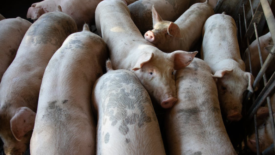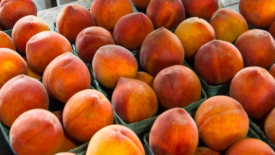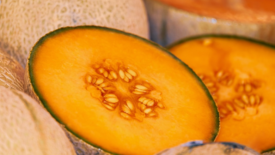Food Type
Issues With CBD Edibles: Heavy Metals Contamination, False Label Claims
September 26, 2022
Never miss the latest news and trends driving the food safety industry
eNewsletter | Website | eMagazine
JOIN TODAY!Copyright ©2025. All Rights Reserved BNP Media.
Design, CMS, Hosting & Web Development :: ePublishing
.png?height=168&t=1661887788&width=275)









